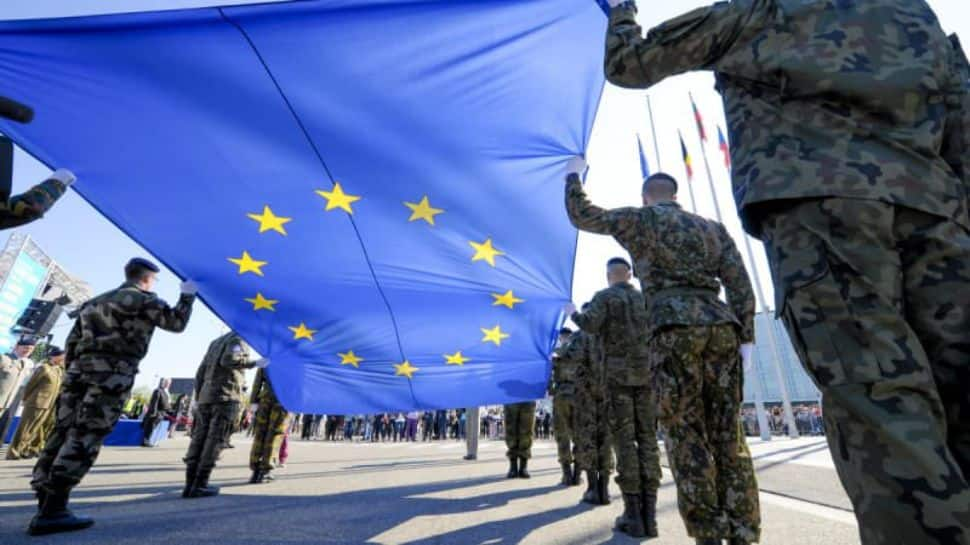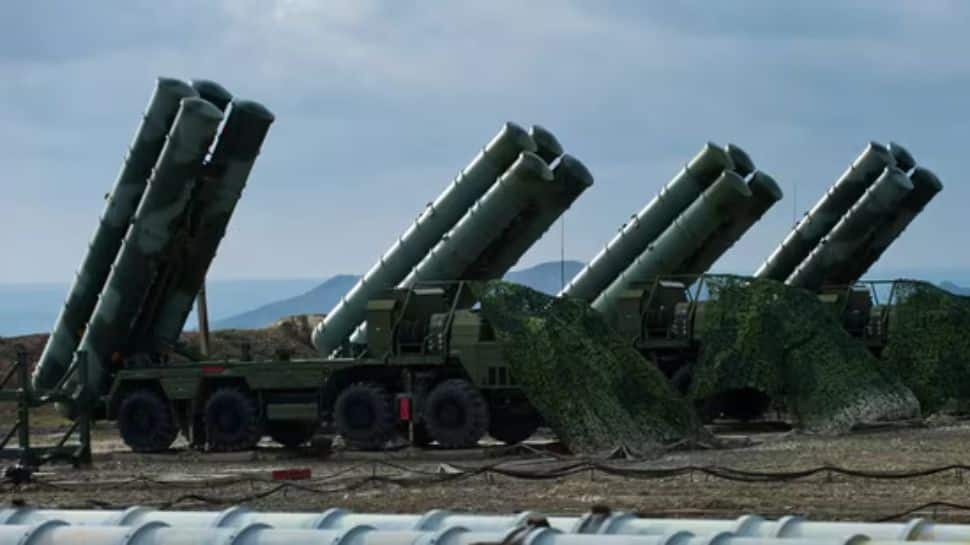EU Wants Its Own Army As Trust In US Wavers – But Who Will Lead, Who Will Pay And Who Will Obey? | World News

New Delhi: In Madrid earlier this year, Spanish Prime Minister Pedro Sanchez raised a question that echoed across capitals – what if Europe had its own army?
He did not invent the idea. It has floated for decades. Once whispered in post-war corridors. Then sidelined when the North Atlantic Treaty Organization (NATO) grew strong. Now, it is back in headlines. The war in Ukraine has sharpened fears. Russia’s shadow has stretched westward. Trust in old alliances is cracking.
European leaders see the shift. The continent’s most dependable partner seems distracted. Some call it a wake-up call.
Years ago, efforts were made. Treaties signed. Plans drafted. But political fault lines shattered the vision. Once eager, France backed away. The NATO had already taken shape. The United States and Canada anchored it. And as the Soviet threat waned, urgency faded.
Then came Crimea. Then came 2022. Russia crossed a line. The war in Ukraine redefined Europe’s risk map. Moscow no longer felt like a fading echo. It looked like a rising force. Suddenly, defense budgets ticked upward. The mood changed.
European security now sits on a tighter rope. The United States looks toward the Pacific. China rises. American attention splits. Leaders in Europe are reading between the lines – they must be ready with or without Washington.
In 2018, French president backed a stronger European defense structure. But many nations hesitated. For instance, Eastern Europe worried it might alienate the United States. Others, in the north and the neutral, voiced similar concerns.
Support for tighter military coordination exists. But full-scale integration? Not yet. There is confusion over the very shape such a force would take. Would national armies remain? Would a single command emerge?
Analysts say if all EU countries joined forces, the resulting army could rival the U.S. military in size and outmatch Russia’s. But numbers do not tell the full story. Logistics complicate everything. Troops, tanks and air support – all unevenly distributed.
Only a few countries hold significant resources. France. Germany. Poland. Britain has left the EU but remains a NATO pillar. Nuclear capabilities exist, but only in the hands of London and Paris.
How prepared is Europe for war? Depends on who has asked. Most agree the continent has barely enough to defend itself. But deploying it effectively is another matter. Some nations have sent arms to Ukraine. But they have held back enough to protect their own borders.
The European Union does have a clause – Article 42.7. It binds all members to defend any one that is attacked. But in real-world crises, it is NATO that steps in. That makes an EU army less urgent or less believable.
Plans exist. Proposals float around. One model suggests building a common military framework. Another envisions each country maintaining its forces but contributing to an EU battalion. But who leads it? Who pays for it? No one knows for sure.
Questions remain unresolved. Who commands? Who decides when to strike? Who controls the budget? Answers do not come easy.
Some experts doubt any unified army will emerge in the next decade. The timelines are too short. The politics too tangled.
For now, the priority lies elsewhere – improving Europe’s own readiness. The United States has hinted for years that Europe must shoulder more responsibility. Presidents across decades – Eisenhower, Nixon, Kennedy and Obama – all said it.
That message has only grown louder.
A European force might cause friction with Washington. But the bigger worry? What if it fails when needed most? In that case, history suggests the United States would intervene again as it did in past wars.
Recent developments signal the United States still stands by Europe. Trump recently appointed a top American general to oversee NATO’s European command. That tradition dates back to 1951. It remains unbroken.
At the same time, the United States wants burden-sharing. It urges Europe to spend more. And NATO wants members to invest 5% of GDP into defense – a leap from the old 2% target. That demand will echo through this month’s NATO summit in The Hague.
But money is just one side of the coin. Europe does not build enough weapons fast enough. Defense industries lag. Even as tensions rise, production fails to keep pace.
Efforts are underway. Several EU nations have hiked defense budgets. Poland now leads with about 7% of GDP. Lithuania plans to follow. These countries live close to the Russian border. Their fears are real. Their urgency higher.
Still, without the United States, Europe’s arsenal thins quickly. Satellites, drones and advanced missiles – they are expensive. No single country wants to bear the full cost.
To meet rising demands, governments may have to slash spending elsewhere. Though out of the EU, Britain remains in NATO and is considering cuts to overseas aid to boost defense.
But forming a European army? That is a whole different equation.
The truth? It is unlikely to happen soon.
There is little consensus. No roadmap. Too many conflicting interests. A joint army would require shared command, shared money and shared power. That would rattle national sovereignty. It would provoke political storms.
Even those who back the idea admit, it would demand sacrifices others are not willing to make.
For now, the idea lives on paper, on podiums and in speeches. But on the ground, Europe still leans on old alliances with new doubts.






